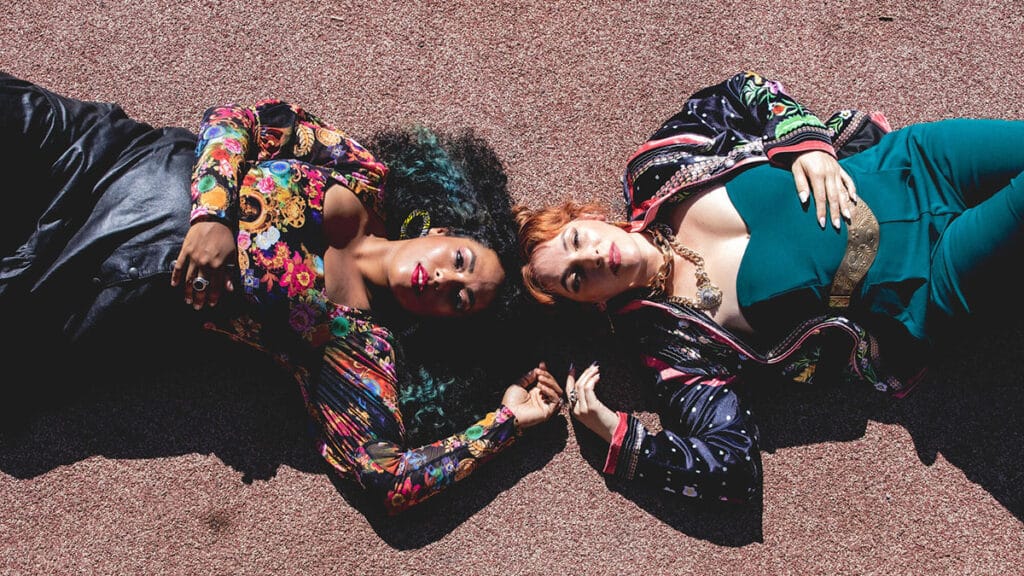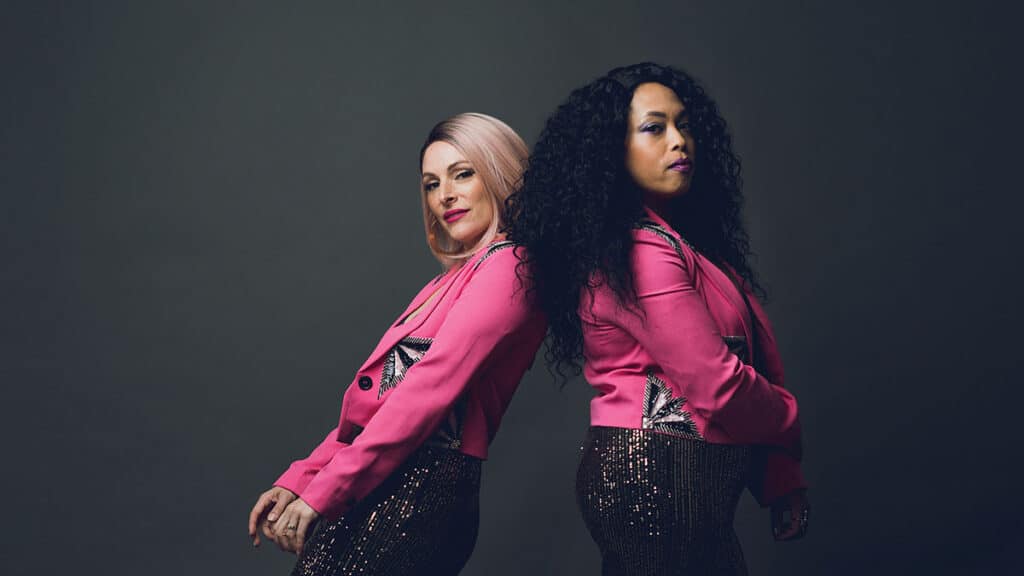Flor de Toloache is New York’s first all-female mariachi. The Latin Grammy-winning band was founded by Mireya I. Ramos and Shae Fiol in 2008. The band now tours the world, but got its start playing in New York subways. They are a dream come true. Welcome to New York City.
This is not your father’s mariachi. Latin culture is still very machista (male chauvinist), so an all-female mariachi really broke the mold. They play both traditional and contemporary forms with influences from the founders’ Caribbean heritage. They keep stretching the traditions all over the place with great guest artists. Flor de Toloache has become Mariachi Girl Power, Latin Fantastic.
In Mexico, the Toloache plant is used by shamans to inspire visions, and by lovers to make love potions. It also relieves pain. Maybe that’s why even people who don’t like mariachi, love Flor de Toloache. They are really fun.
Flor De Toloache in New York City

Midtown, Manhattan
Flor De Toloache, NYC’s all-female mariachi, joins The Sinfonietta for a screening of Disney’s Day of the Dead movie “Coco” with live music; at The Town Hall in Midtown, Manhattan; on Friday, November 1, 2024, at 8pm. From $56. 🇲🇽
The Band

Founder and violin-player Mireya Ramos carries on the mariachi traditions she learned from her father. Mireya is Mexican Dominican and was raised in Puerto Rico. Mariachi is very popular in the Dominican Republic. You hear it all the time. And in Puerto Rico, women gather the Toloache flower. 🇲🇽 🇩🇴 🇵🇷
Cuban American co-director Shae Fiol plays the vihuela (a 19th-century Mexican guitar) and brings more Latin pop sensibilities to the band’s sound. 🇨🇺
Records and Television Specials
This band just keeps evolving.
Brinda Por Ella (2023)
A brinda is toast, so this is a salute to the power of women, the guardians of culture.
Goya is a singer from the great Colombian Pacific Coast band ChocQuibTown (“De donde vengo yo”). For some reason, Colombians and Mexicans get along really well. They do a lot commerce together, but both also have iconic rancho culture. Every birthday party in Colombia seems to have mariachi.
“MotherFlower” (2022)
The mother flower is love. She grows all over the place.
PBS Special “Día de los Muertos (2021)
In 2021, the band performed with Ozotmatli and Los Lobos in the PBS Special “Día de los Muertos.”
“Indestructible” (2019)
This earned a Grammy nomination for “Best Latin Rock, Urban or Alternative Album.”
“Las Caras Lindas” (2017)
This is the album that won the Latin Grammy for “Best Ranchero/Mariachi Album.”
“Mariachi Flor de Toloache” (2014)
This was the band’s first album. They went from playing for tips to playing for Grammys.
New York Venues
These are some of the New York venues where Flor has played.
- Afro-Latino Festival
- Carnegie Hall
- City Winery
- Flushing Town Hall
- Harlem Stage
- Le Poisson Rouge
- Pregones/PRTT
- Sony Hall
- SummerStage
- WNET Thirteen (PBS)
Caribbean Mariachi
This is Mexican mariachi with Caribbean influences. For example, the title of their Latin Grammy winning album “Las Caras Lindas” is from a signature song of iconic Puerto Rican singer Ismael Rivera. Flor plays it full mariachi style. “The beautiful faces of my Black people,” makes sense because Mexico has an African Diaspora community that is now struggling for recognition. In the Latin world, we are taught from birth to deny our African heritage, but many if not most Mexicans, and Latin Americans have a “Black grandmother or great grandmother in the closet.” Son jarocho music and zapateado dancing comes from the African Diaspora community in colonial Veracruz, Mexico’s Caribbean gateway city. Kongo musicians were singing the classic Mexican wedding song “La Bamba,” there as early as 1683.
There is even some ancient logic to Mexican Caribbean music. The ancients were master sailors. We used to think that the Indigenous Taíno of Eastern Cuba, the Dominican Republic, Puerto Rico and the Bahamas came up the Lesser Antilles from the Orinoco Delta in what is now Venezuela. Now we know that the first Indigenous people in the big Caribbean islands crossed the 120 miles from Mexico’s Yucatan peninsula to Cuba. When Spanish colonizers brought their evil, the call for help went all the way to the Mayans in what is now Mexico and Guatemala.
For more information, visit flordetoloache.komi.io
